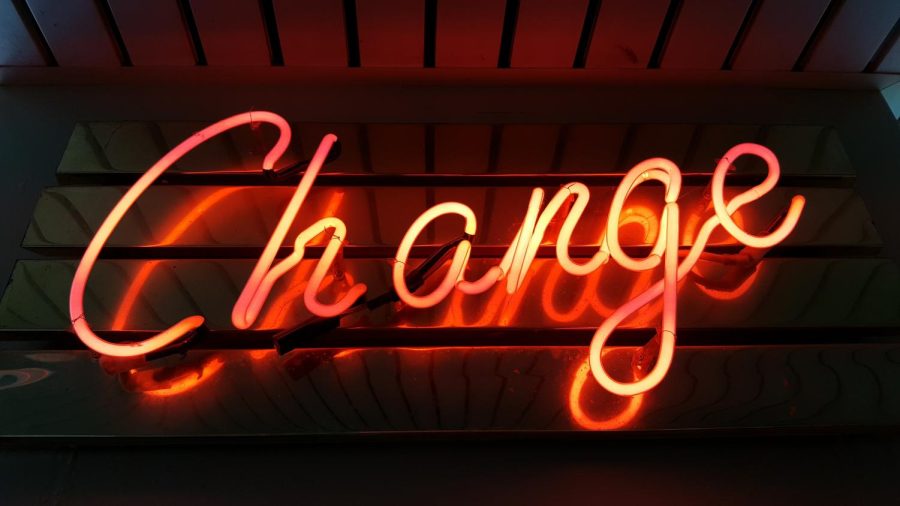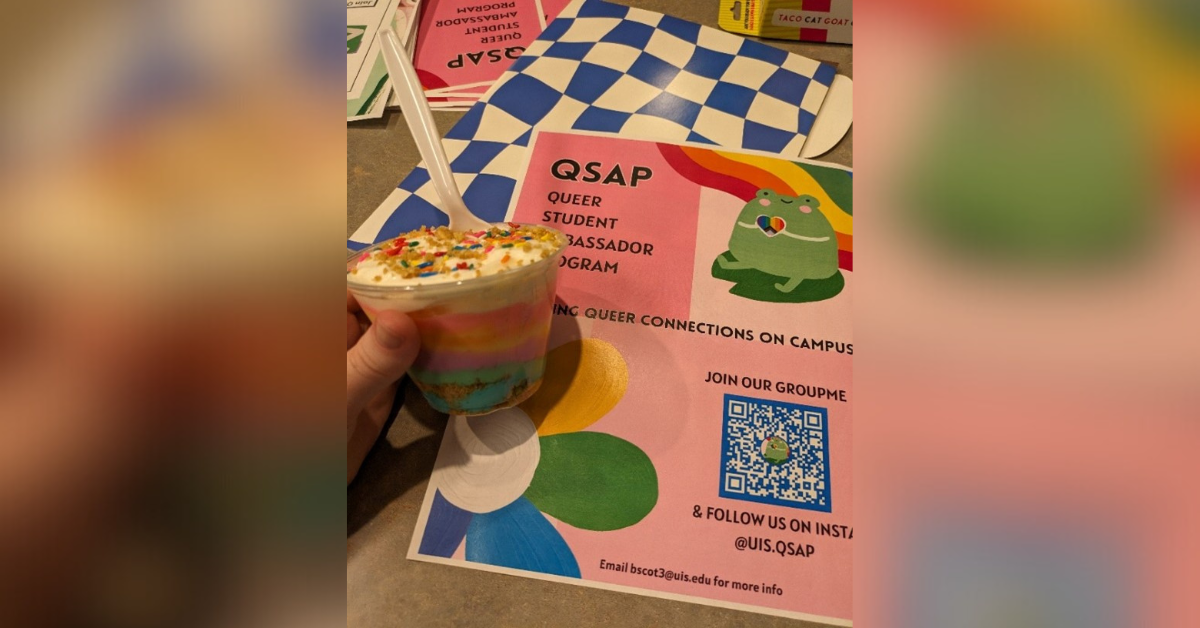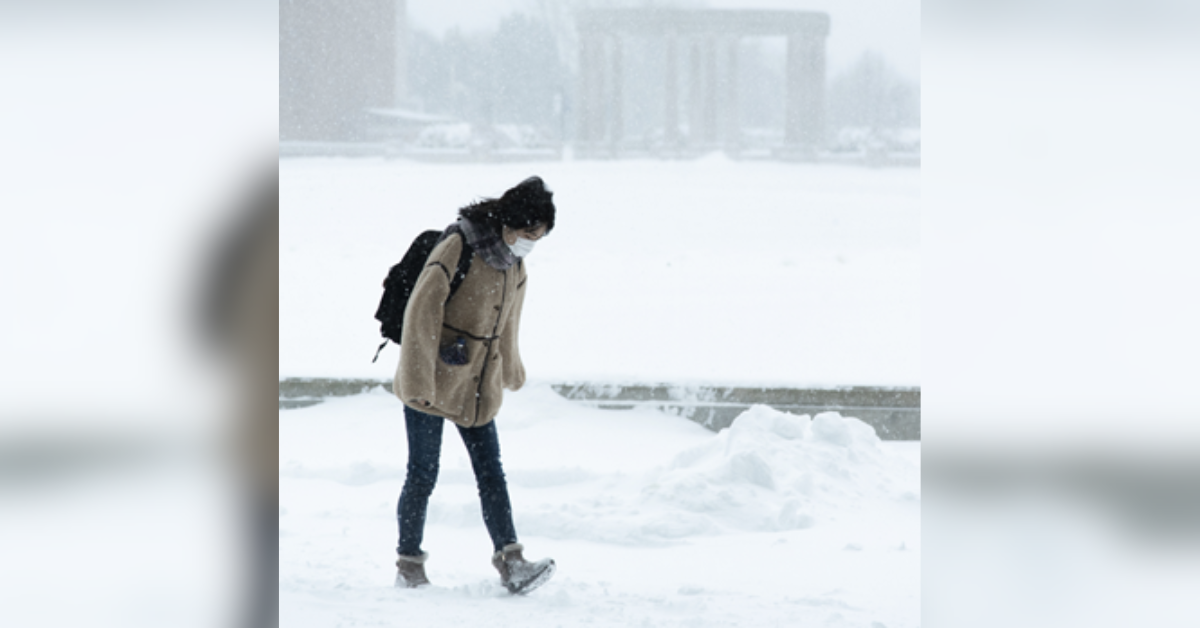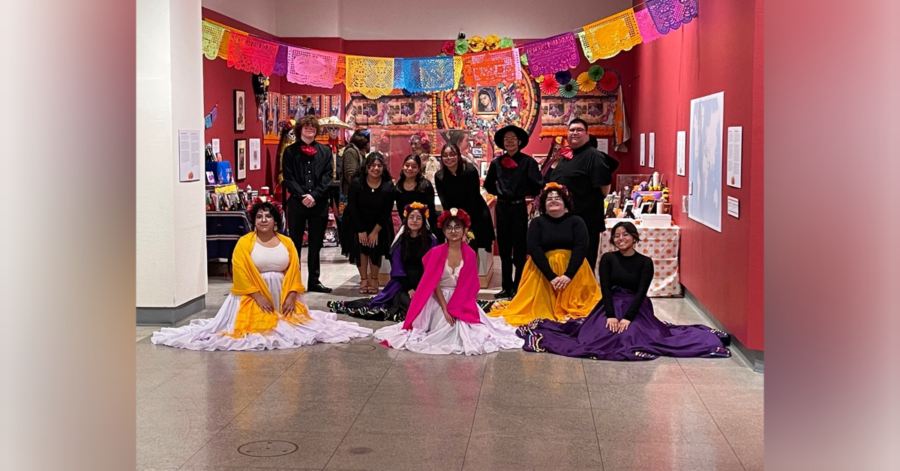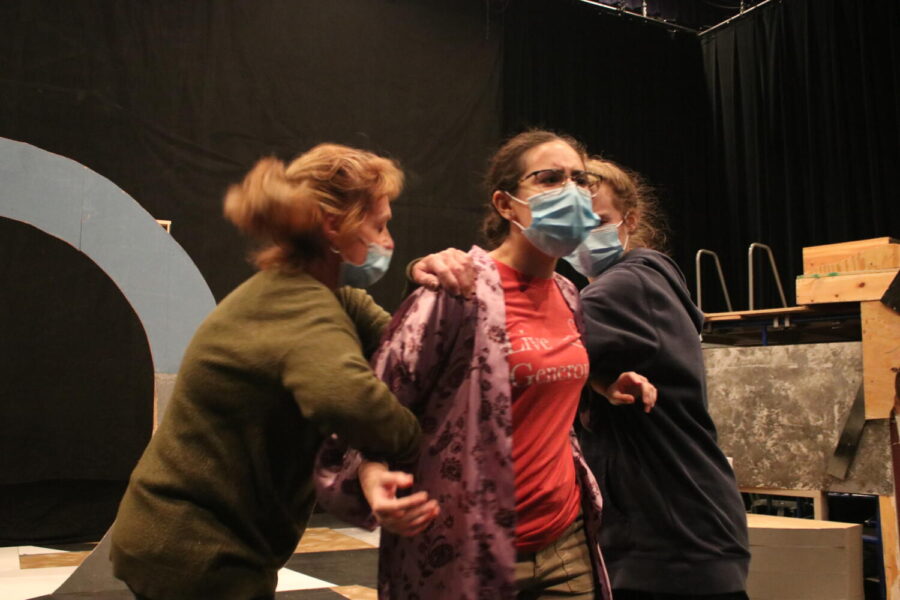Many universities promise students equity, diversity, and inclusion, and UIS is no different. These values are important to guarantee to the student population, as a diverse and safe university attracts more individuals of various identities to attend. In order to do this, open dialogue and communication need to be maintained between students, faculty, staff, and the UIS Administration.
Channels of communication have recently been opened between the student population and the UIS Chancellor, Janet Gooch, but not to the preferred degree, given the concerns at hand. Without preparations for a more in-depth dialogue towards the overall concerns and successes of the Diversity Center and UIS, the conversation, unfortunately, failed to address many topics that have been raised in the past.
Firstly, there is the issue of apparently isolated responsibilities of the faces of UIS when it comes to each division. Typically, the roles of each division are focused on their sector of UIS matters. The concern is that when roles are isolated to such a degree, a few things can occur: the separation from recognition and the separation from responsibility. If it is even just one person’s responsibility to oversee Diversity, Equity, and Inclusion (DEI), that means several people are not well-versed in the DEI needs themselves. This means they will not be able to answer for the changes that should occur and will not see it as their “job.” However, the concerns remain regardless of whose “job” it is to oversee such concerns. A diffusion of responsibility is required, as well as real and continuous communication on the growing needs in all university areas.
Secondly, there is the issue of professors and faculty who are ill-equipped to address the unique perspectives and struggles that people of color face. There have been professors who, despite potential efforts, prioritize statistics and data over the lived experiences of those in various marginalized communities. Some professors blatantly exclude various identities based on outdated and oppressive viewpoints. These behaviors can not only be excruciating for those within marginalized communities to experience but can also drive away potential students who may have had an interest in attending UIS. There will continue to be professors that make hurtful comments that inappropriately target students who take their courses unless the expectations surrounding these conversations change. There is no one ideal answer to resolving the issue of inadequate knowledge of navigating topics of race, gender, sexuality, and intersectional identities. However, a more in-depth conversation must be had with the specific faculty and staff at fault, encouraging students to provide realistic feedback anonymously and promptly.
Finally, there is the imminent threat of a loss of student voices in the matter. There is a growing problem of removing the voices of those who are having the hardest time feeling seen at UIS. There is no way that these issues will be appropriately addressed, discussed, or amended without the clear voices of those who have been wronged. No matter how often students are told that their voices matter, destroying any channels of feedback from the student population erases perspective. This provides the false notion that students of all identities are content with how UIS treats those with marginalized identities, which is simply not the full story.
In reference to the experiences in the history of marginalized communities, trauma is an understatement. There has been a long-standing harm, abuse, brutality, and erasure trend. Whether the harm is physical and leaves marks on the bodies of the innocent or systematic and shows as an East Asian student being the only individual of their race in their courses. Or hearing a professor remark that a black student’s lived experiences are not representative of “reality.”
Truthfully, communication is only the first valuable step towards undoing passive trauma on the part of students within marginalized communities and creating a safe environment for all identities at UIS. Step two is Action.



